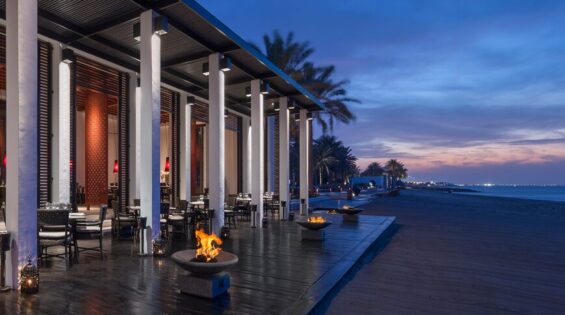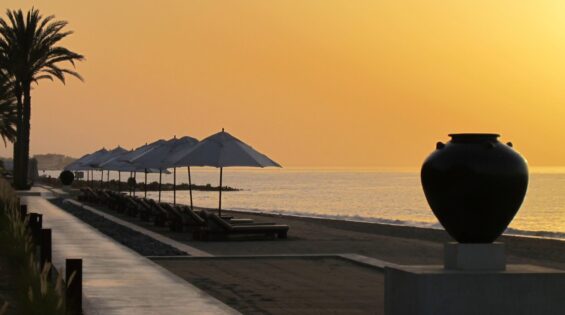Pre-Summer Adventures in the Pearl of Arabia
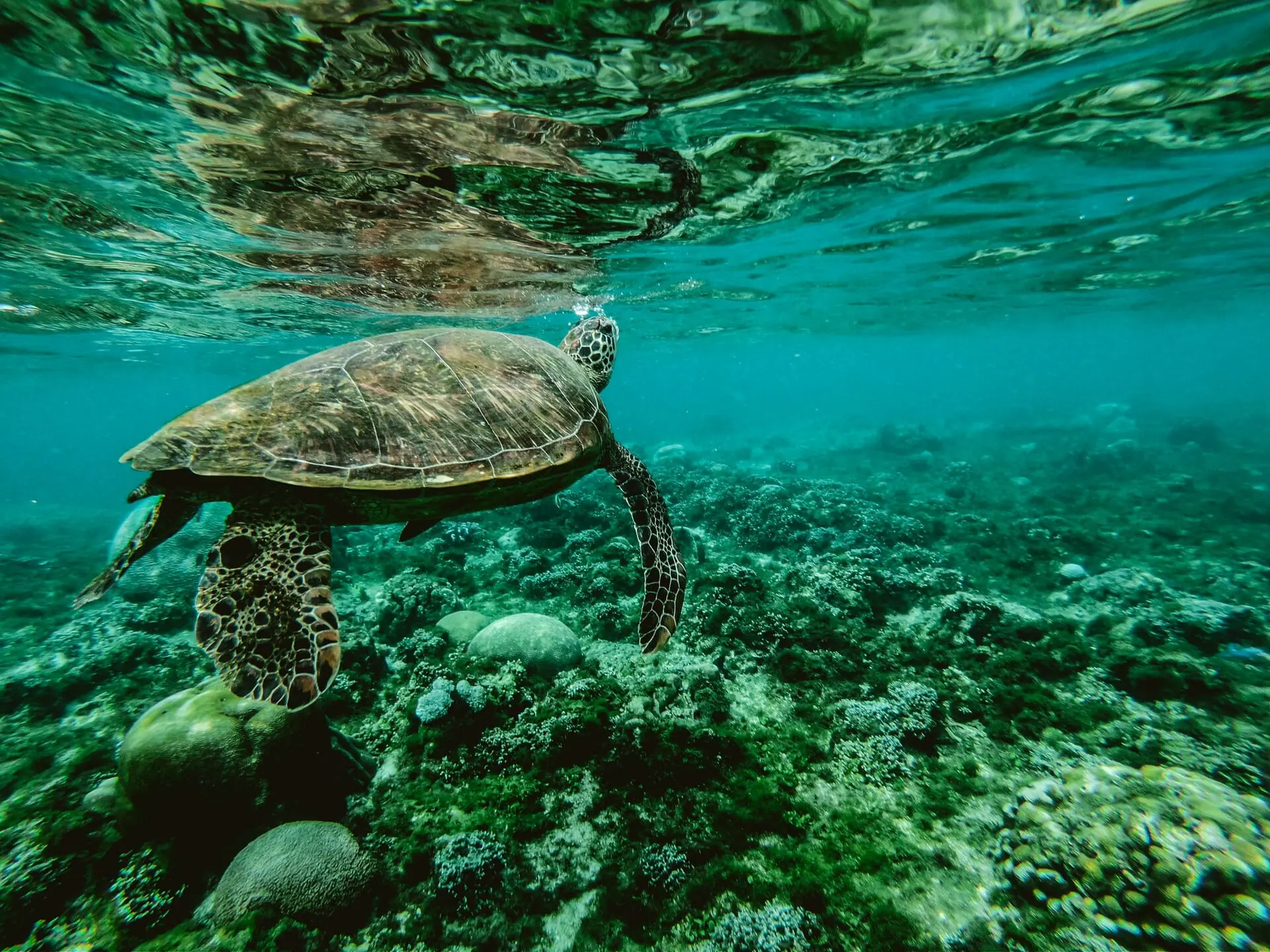
Oman is a year-round destination but ahead of the sweltering summers and hot off the heels of crispy winters, its shoulder months of April and May are a seasonable time to visit. The subtropical city of Salalah becomes vibrant with greenery in the heart of the Arabian desert; the small town of Wakan emerges from its winter slumber with luscious pink and white foliage in the peak of fruit harvest; the coastline of Ras Al Jinz transforms into an unforgettable sight as the warm sands are flooded with endangered green turtles as they clamber from their nests into the Arabian peninsula; the wildly fresh fruits of the ocean are plucked from sea to plate – are just a few reasons that awaken the magical land of Oman this time of year.
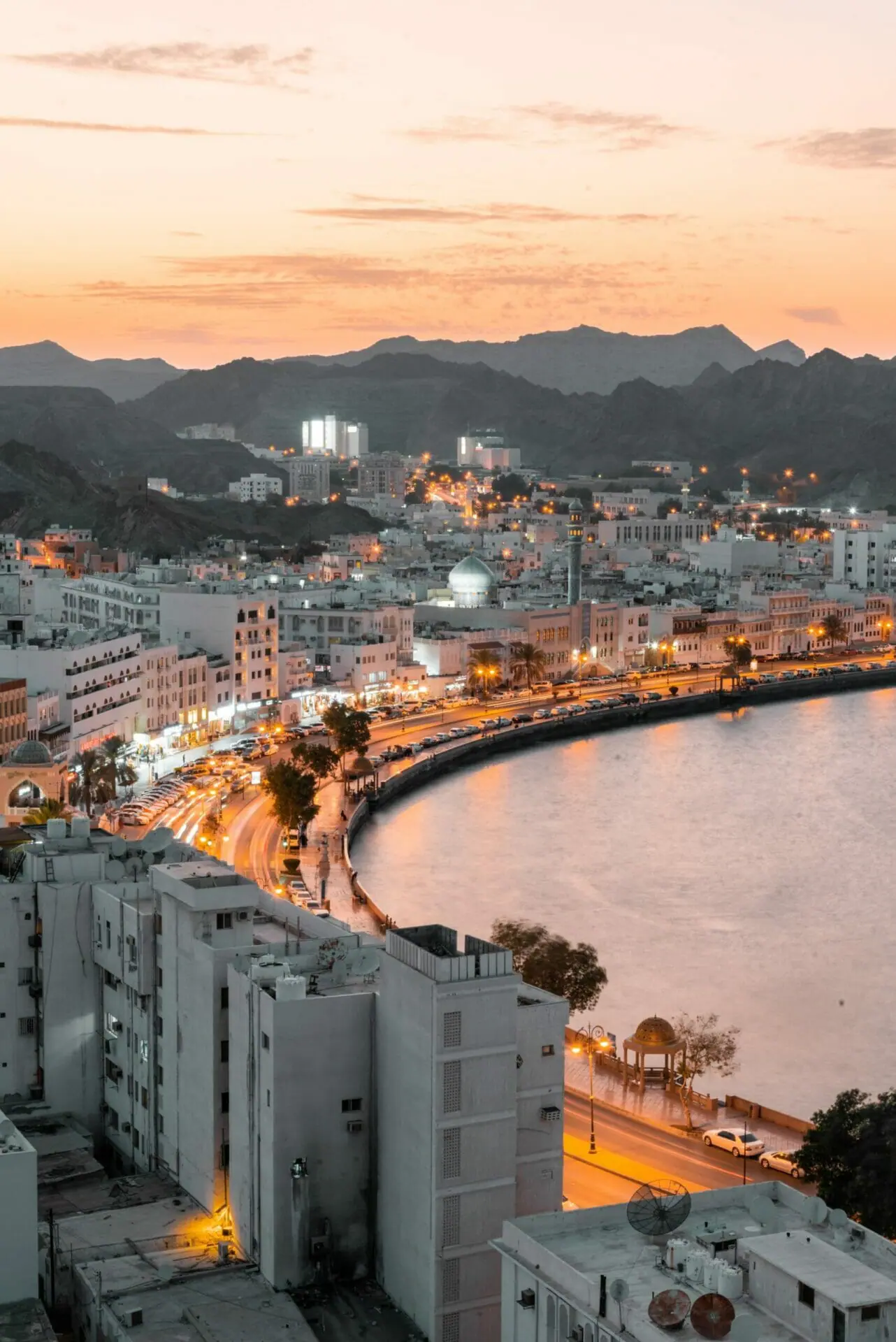 Photo by Anfal Shamsudeen on Unsplash
Photo by Anfal Shamsudeen on Unsplash
Experience the sensational turtle reserve at Ras Al Jinz
The largest of its kind along the Indian Ocean, Ras Al Jinz is the nesting place for the endangered green turtle. Where nests of turtles are hatched in the golden sands, they instinctively trickle down the beach into the untouched turquoise sea and begin their underwater life. With the nesting season running from March until August, visitors travelling to Oman during this period can witness the miracle of life unfold in front of their eyes in this natural habitat. Ras Al Jinz also comprises of tidal mudflats, mangroves and coral reefs.
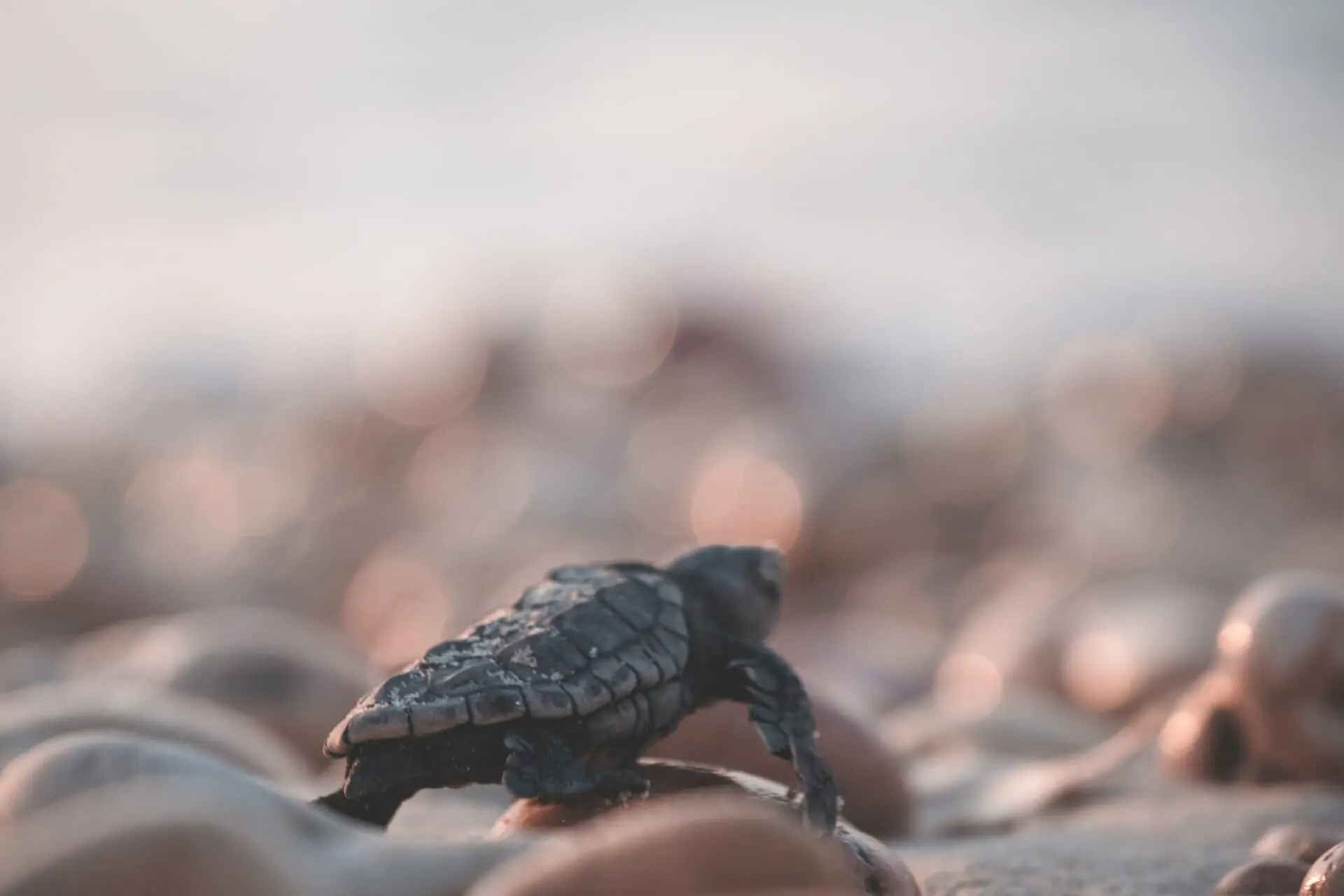 Photo by Lachlan Ross from Pexels
Photo by Lachlan Ross from Pexels
Dive into the depths of the Ad Dimaniyat Islands
Less than half an hour away from the glistening port capital of Oman that is Muscat, is Al-Dimaniyat Island Nature Reserve. An archipelago of nine idyllic islands with more than 22 well-developed diving and snorkeling, this protected area features pristine beaches is replete with thriving marine life – including reef sharks, rays, barracuda, tuna, jacks, corals and reef fish. The friendly waters are suitable for families and professionals.
 Photo by Miles Hardacre from Pexels
Photo by Miles Hardacre from Pexels
Taste the fruits of the Ocean
With the Southwestern Arabian Sea and the Musandam in the North, the waters of the Indian Ocean provide an abundance of minerals that make the Omani provenance so exceptional – the high-quality high-protein seafood that is much of the local cuisine. With seafood playing a central role in the spice- and herb-rich Omani diet, the strong seafaring traditions have been passed on for generations.
Stroll through the bustling seafood souq at dawn where the atmosphere is made up of salty brininess in the air, boisterous good-natured bargaining amongst fishmongers, restaurant owners, and everyday grocery shoppers, and the lined stalls of the freshest seafood nature has provided – from fishes to crustaceans of all shapes, colours and sizes.
There is never a dull moment at the morning market, its offerings vary depending on the seasonality. The pre-summers are peak periods for lobster fishing. Coming right out of molting season (where lobsters shed their shells and feed profusely), they travel to warmer waters along the coast where they are sustainably caught and delivered straight to the market.
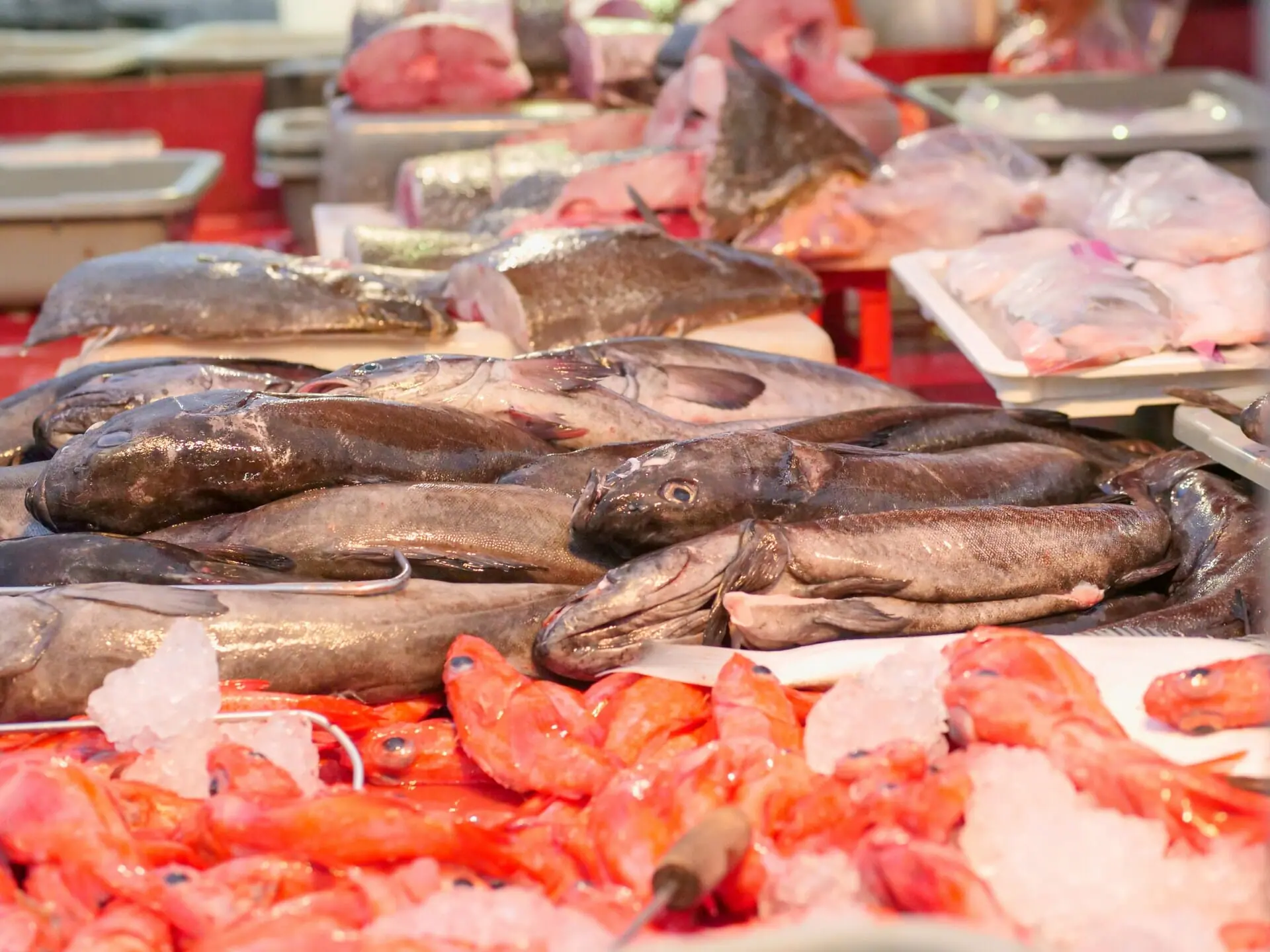 Photo by Kindel Media from Pexels
Photo by Kindel Media from Pexels
Hike beneath Flowery Blooms
In the south of Oman is the small mountain village of Wakan which is best known for its stillness and serenity, farming and agriculture. With terraced gardens and the indigenous Afalaj water system for irrigation, the village is a burgeoning tourist hub. Visitors journey here past barren mountains and towering cliffs to the foot of a cobblestone stairway and hike to the peak of the mountain to witness the blooming of apricot and pomegranate blossoms. The trek up the snaking slope of 700 steps to Wakan is the only accessible way there; interluded with several rest stops in between and captivating views of the Wadi Mistal landscapes, the Al Hajar ranges and neighboring mountains.
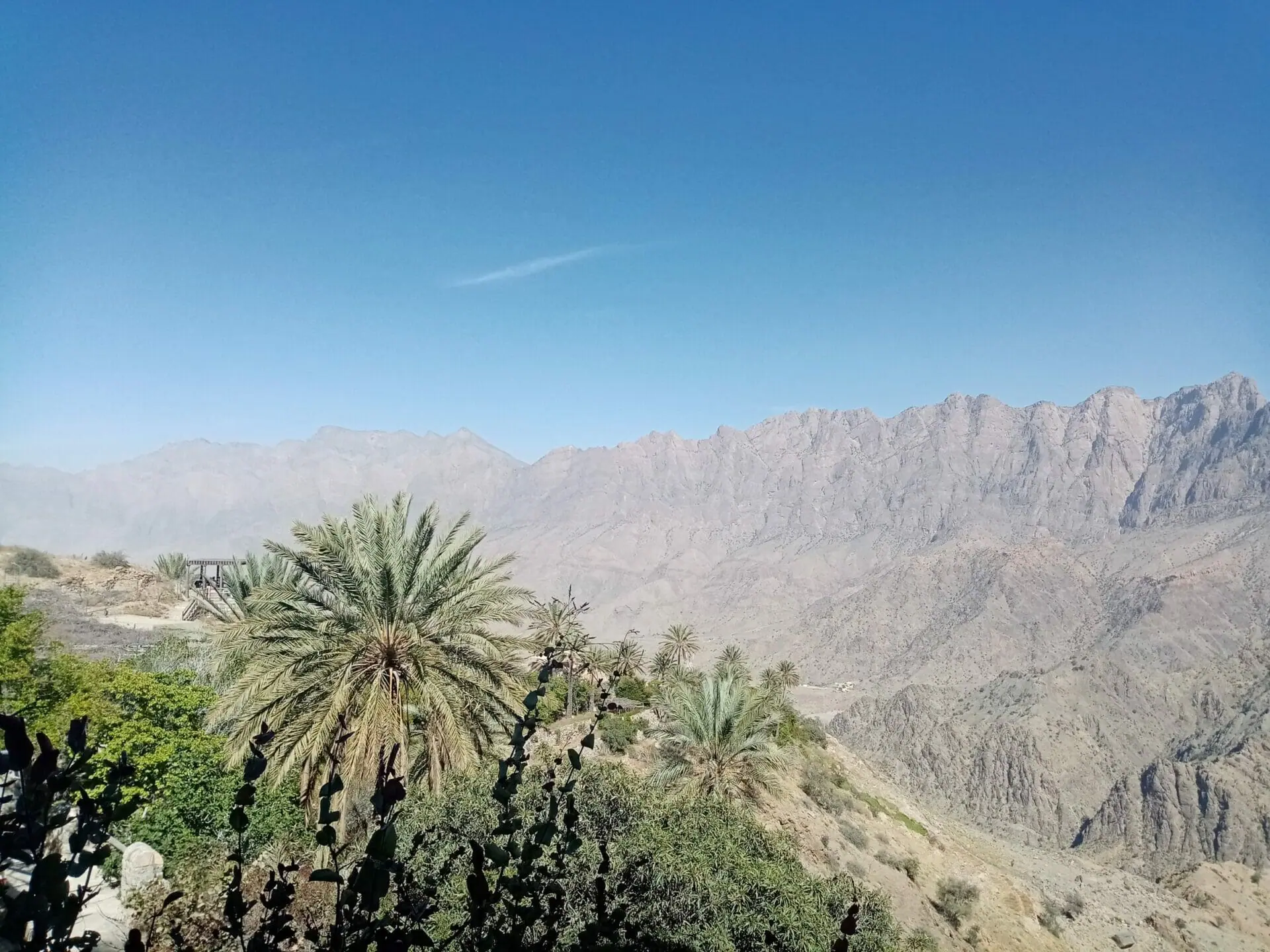 Photo by Mr MaroX on Unsplash
Photo by Mr MaroX on Unsplash
The sleepy village is veiled in a pale pink and white with fruit trees blossoming, but its fleeting beauty only lasts from February to mid-April every year. Towards the end of this period, the harvesting season begins, and the town bursts with the honeyed aromas of succulent fruits. The fruits of the Wakan labour sustain the village’s livelihood and tempting as it may seem, picking of these fruits is forbidden, but are at times for sale.
Temperatures here are far more agreeable than of the city of Muscat, with cool breezes and plenty of shade along the route up to the tiny village. To explore more on foot, Wakan is a forked junction leading to several other hiking trails that are marked with Omani flags along the way.
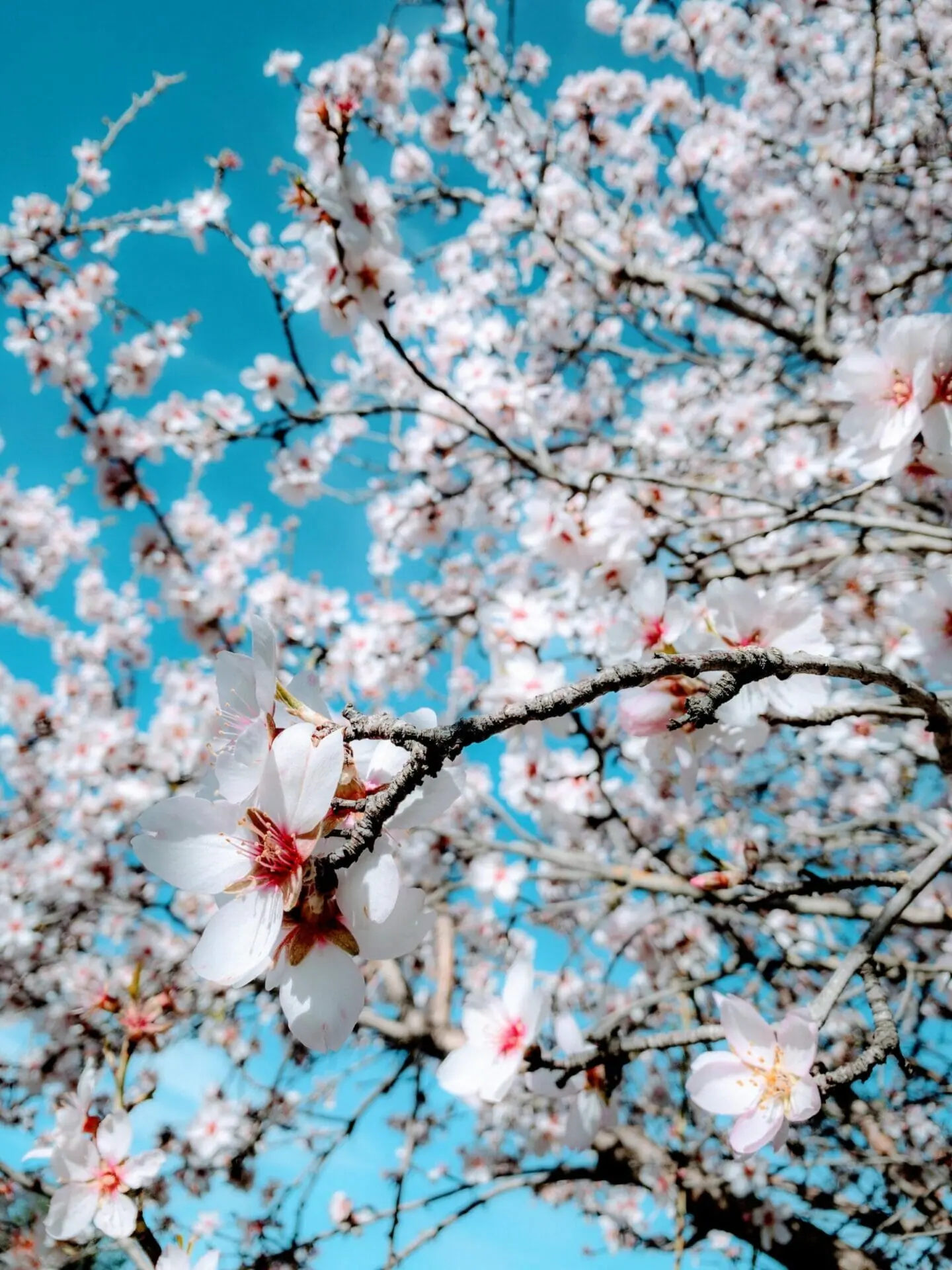 Photo by David Brooke Martin on Unsplash
Photo by David Brooke Martin on Unsplash
The heat of the summers may dishearten some to visit during this time of year, but Oman presents a unique host of sights, sounds and tastes in the warmer months. With the temperatures still moderate, and a low visitor count, it is an extraordinary time to discover all the cultural and scenic wealth this country has to offer.
Enjoy a creative seafood menu featuring the freshest catches at The Beach Restaurant at The Chedi Muscat.
Our recommendations include the sumptuous Gulf of Oman wild lobster done in a multitude of ways – Thermidor, Cardinale or Americaine, Omani tiger prawns, and line-caught fish of the day.

